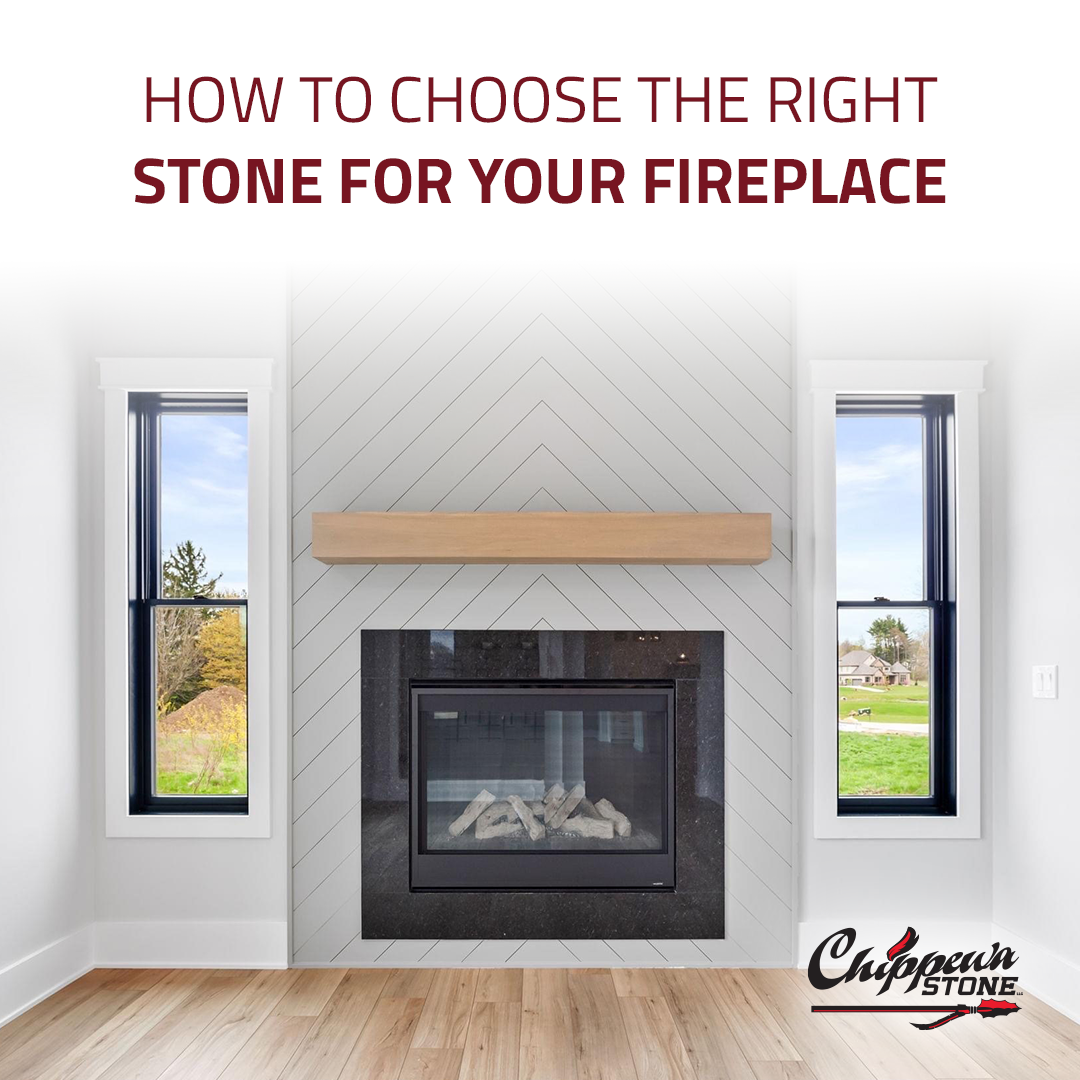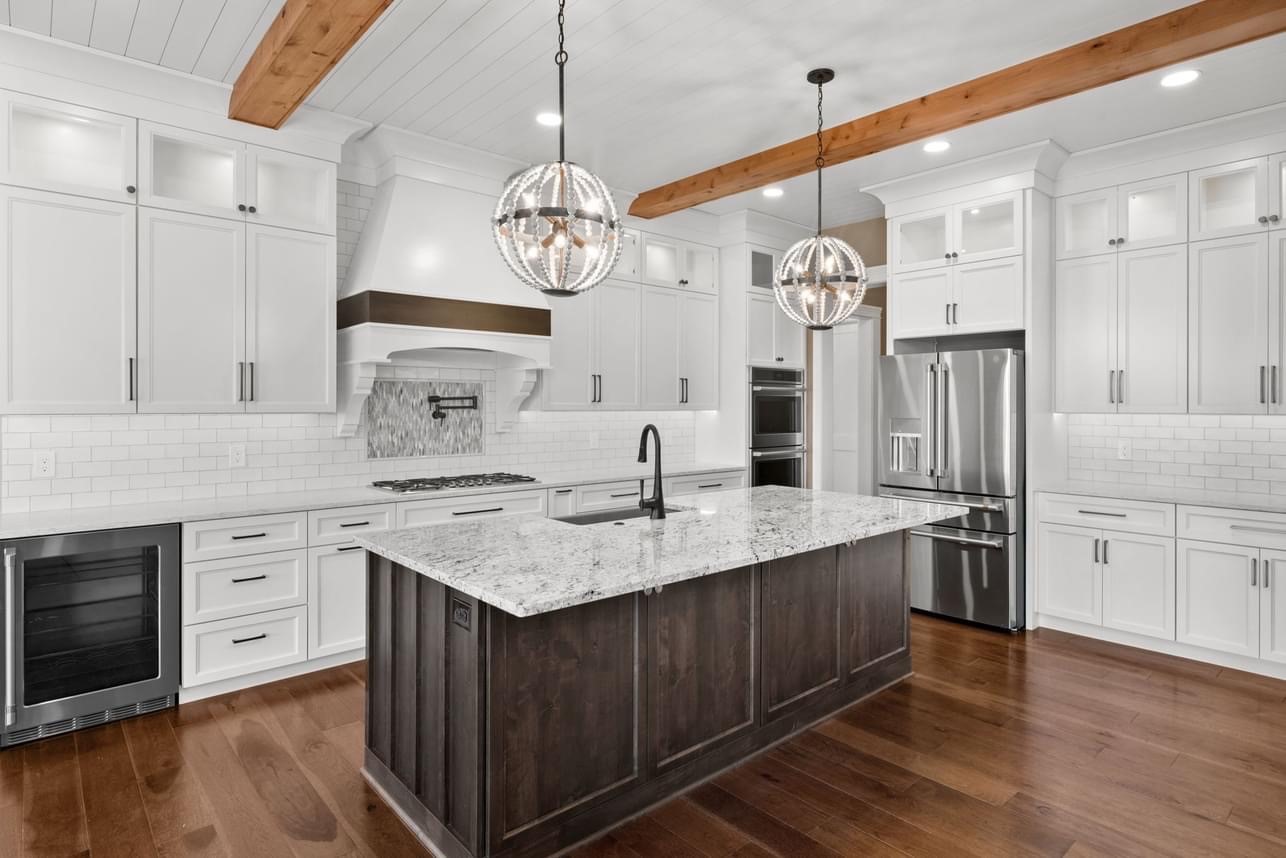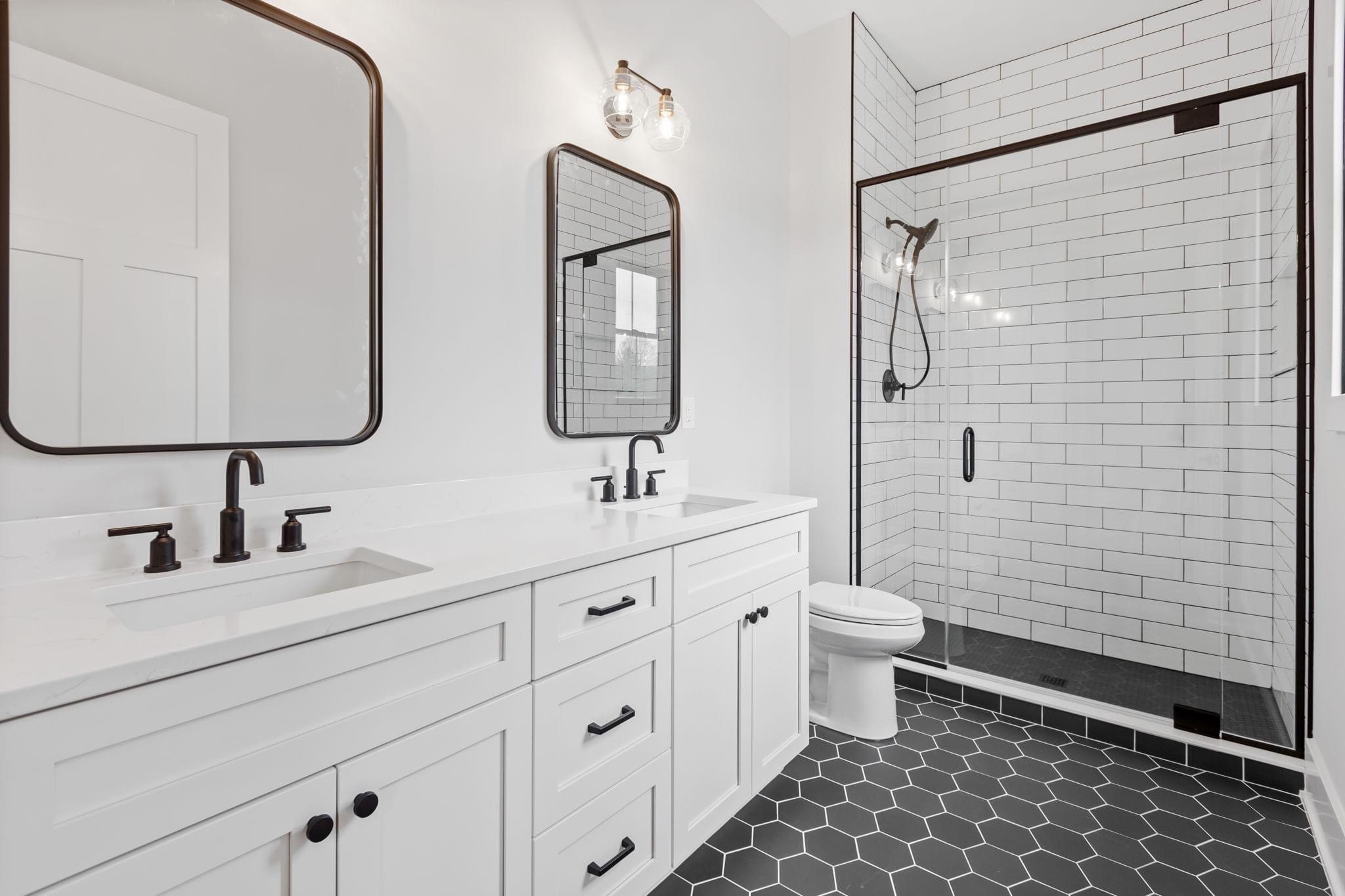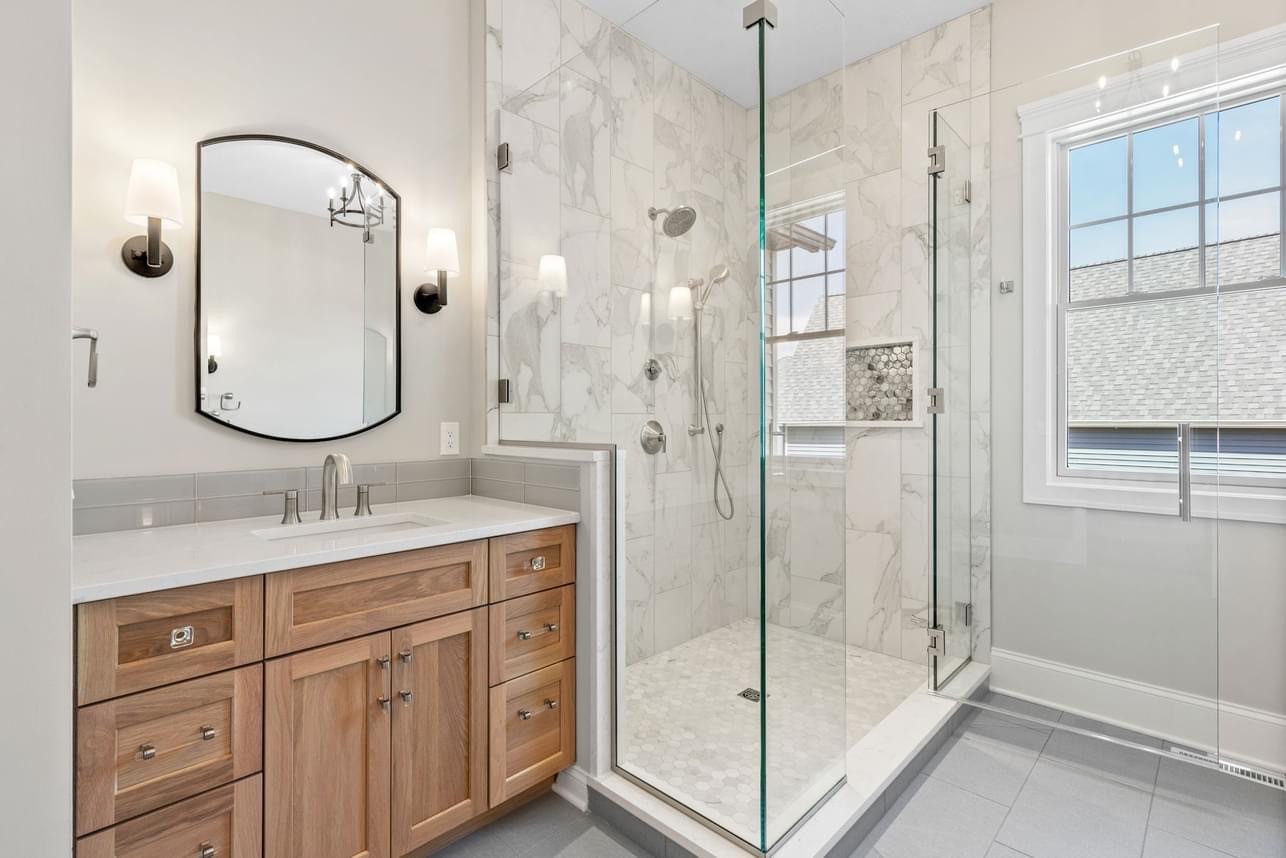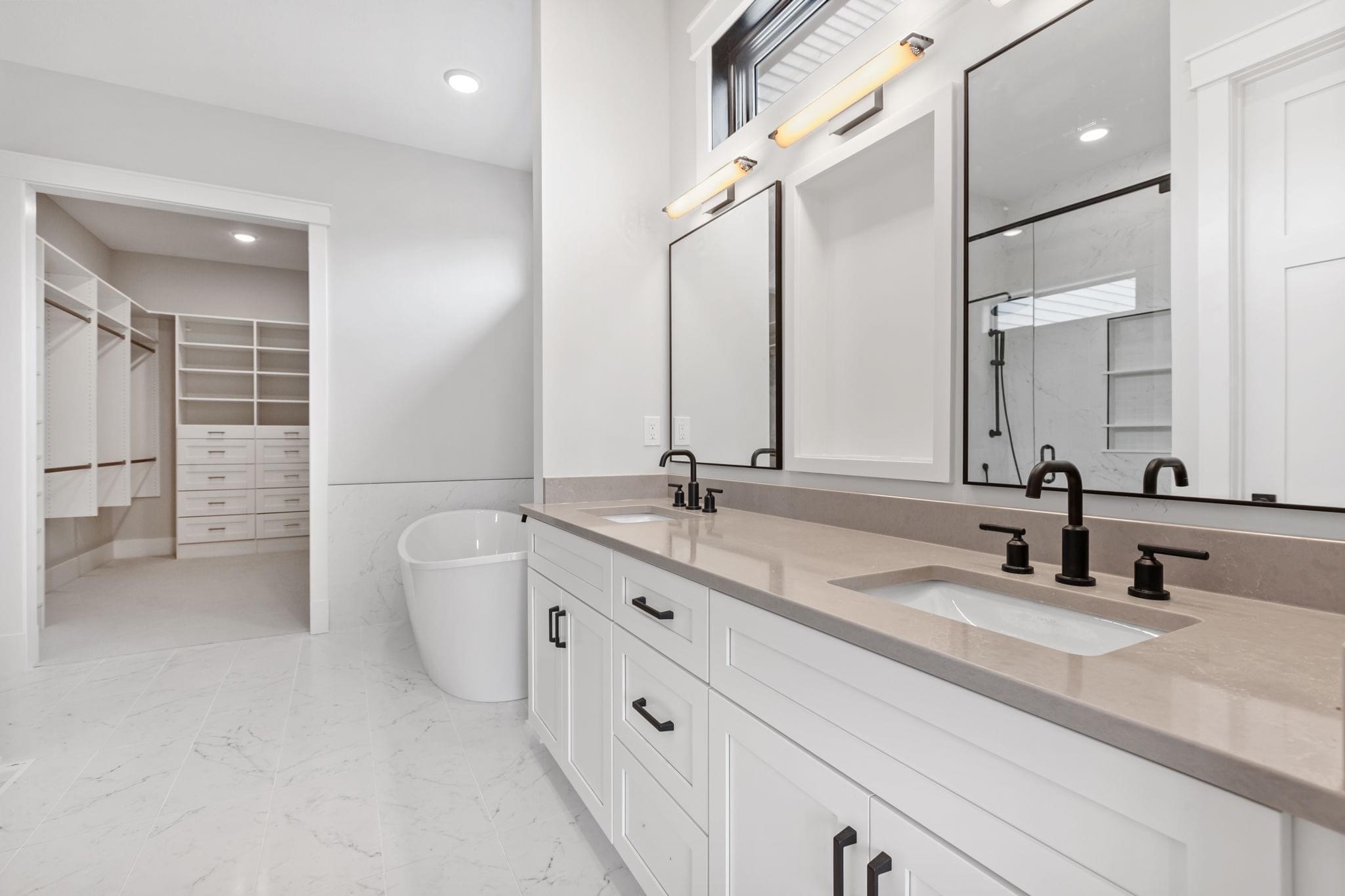A fireplace serves as the heart of a home, providing warmth, comfort, and a gathering place for family and friends. When it comes to selecting the right stone for your fireplace, the choice is crucial not only for aesthetic appeal but also for durability and functionality. Among the various stone options, granite, soapstone, and marble stand out as popular choices. Each has its own unique characteristics, advantages, and disadvantages. This guide will explore these three stone options, helping you make an informed decision that suits your style and needs.
Why Stone for Your Fireplace?
Stone is a timeless and durable material that enhances the beauty of any fireplace. Its natural appearance adds character and warmth to the room, making it a popular choice among homeowners. Here are some reasons to consider stone for your fireplace:
- Durability: Stone can withstand high heat and is resistant to damage, making it ideal for fireplaces.
- Variety: With a wide range of colors, textures, and finishes, stone offers endless design possibilities.
- Low Maintenance: Properly sealed stone surfaces are easy to clean and maintain, ensuring long-lasting beauty.
- Eco-Friendly: Natural stone is a sustainable option, as it is sourced from the earth and doesn’t require synthetic materials.
Choosing the right stone involves understanding the properties of each type and how they align with your style preferences and practical needs.
Granite: The Bold Choice
Appearance
Granite is an igneous rock formed from cooled magma, resulting in a dense, durable surface with a stunning array of colors and patterns. Available in shades of white, gray, black, and even vibrant hues, granite can be found with intricate veining and speckling, making each slab unique.
Benefits of Granite
- Durability: Granite is one of the hardest natural stones, making it highly resistant to scratches, chips, and heat. This durability ensures that your fireplace remains beautiful and functional for years.
- Heat Resistance: Granite can withstand high temperatures, making it suitable for use around a fireplace.
- Aesthetic Versatility: With various colors and patterns, granite can complement any interior design, from traditional to modern.
Considerations
While granite is an excellent choice for a fireplace, there are a few considerations to keep in mind:
- Weight: Granite is heavy, so ensure your structure can support it, especially if you plan to use large slabs.
- Sealing: Granite is porous, requiring regular sealing to prevent stains and moisture absorption. Depending on usage, it may need to be sealed every 6 to 12 months.
Ideal Uses for Granite
Granite is perfect for both traditional and contemporary fireplace designs. Whether you’re aiming for a classic look or a sleek, modern aesthetic, granite can deliver.
Soapstone: The Warm and Inviting Option
Appearance
Soapstone is a metamorphic rock primarily composed of talc, resulting in a soft, smooth texture. It typically comes in shades of gray, green, and blue, often with subtle veining. Over time, soapstone develops a beautiful patina, adding depth and character.
Benefits of Soapstone
- Heat Resistance: Soapstone is highly heat-resistant, making it an excellent option for fireplaces. It can absorb and radiate heat, creating a cozy atmosphere.
- Non-Porous: Soapstone is naturally non-porous, which means it doesn’t absorb liquids or stain easily. This property makes it easy to clean and maintain.
- Natural Aesthetic: Soapstone offers a warm, inviting look that can create a cozy ambiance in any room.
Considerations
While soapstone is a fantastic choice, it also has some drawbacks:
- Softness: Soapstone is softer than granite, making it more susceptible to scratches and dents. However, minor scratches can often be sanded out easily.
- Limited Color Range: Compared to granite, soapstone has a more limited color palette, primarily focusing on earth tones.
Ideal Uses for Soapstone
Soapstone is ideal for rustic or traditional fireplace designs. Its soft texture and natural look make it a perfect fit for cozy family rooms or country-style homes.
Marble: The Elegant Choice
Appearance
Marble is a metamorphic rock formed from limestone and is renowned for its elegance and beauty. Available in various colors, including white, gray, black, and even vibrant shades, marble features distinct veining patterns that can enhance the visual appeal of your fireplace.
Benefits of Marble
- Luxury Aesthetic: Marble is often associated with luxury and sophistication, making it a beautiful focal point in any room.
- Heat Resistance: Marble can withstand heat, making it suitable for fireplace surrounds.
- Unique Patterns: Each piece of marble is unique, offering stunning visual interest and character.
Considerations
While marble has numerous advantages, it’s important to be aware of its potential drawbacks:
- Porosity: Marble is more porous than granite, requiring regular sealing to prevent staining and moisture absorption. Spills should be cleaned promptly to avoid damage.
- Softness: Marble is softer than both granite and soapstone, making it more susceptible to scratches and chips. Care should be taken to avoid heavy impacts.
Ideal Uses for Marble
Marble is best suited for formal or elegant fireplace designs. It can elevate a room’s sophistication and works well in traditional or high-end modern settings.
Factors to Consider When Choosing Your Stone
When selecting the right stone for your fireplace, several factors should be taken into account:
- Style and Aesthetic: Consider the overall design and style of your home. If you have a modern aesthetic, granite’s sleek finish may be a great fit. For a rustic feel, soapstone’s natural warmth can create a cozy atmosphere. Marble can elevate traditional and luxurious designs.
- Durability and Maintenance: Evaluate the durability of each stone based on your lifestyle. If you have a busy household with kids or pets, granite’s toughness may be the best choice. For a low-maintenance option, soapstone’s non-porous nature could be ideal. If you love the elegance of marble, be prepared for more frequent maintenance.
- Budget: Stone prices can vary widely depending on quality, rarity, and installation costs. While granite may offer more affordable options, soapstone and marble can be more expensive, especially if you choose rare colors or patterns.
- Installation and Weight: Consider the weight of the stone you choose. Heavy stones like granite may require additional structural support, while lighter options like soapstone may be easier to work with.
- Heat Resistance: All three stones—granite, soapstone, and marble—can handle the heat associated with fireplaces, but soapstone excels at heat retention and distribution, creating a more consistent warmth in your space.
Finding Your Perfect Stone
Choosing the right stone for your fireplace is a decision that combines aesthetics, durability, and practicality. Each option—granite, soapstone, and marble—offers unique benefits and considerations that can affect your choice.
- Granite is ideal for those seeking a bold, durable option that can withstand wear and tear.
- Soapstone appeals to those who prefer a warm, inviting feel with low maintenance needs.
- Marble is perfect for homeowners looking to add a touch of elegance and luxury to their space, as long as they’re willing to invest in maintenance.
At Chippewa Stone, we offer a wide selection of high-quality stones, including granite, soapstone, and marble, to help you find the perfect match for your fireplace. Our team of experts is here to assist you in making the best choice for your home, ensuring your fireplace becomes a stunning focal point that enhances your living space for years to come.
For more information, samples, or guidance in selecting the right stone for your fireplace, please contact us today!

